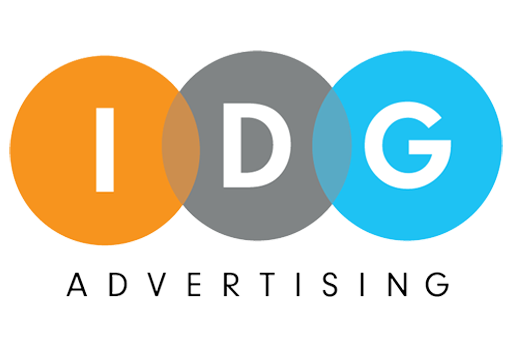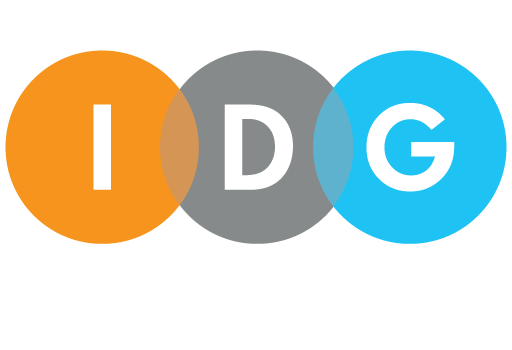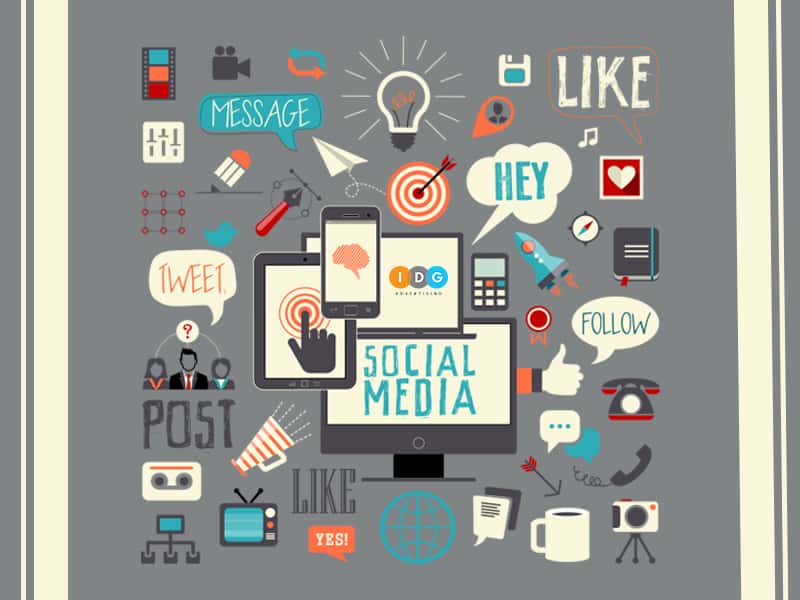BLOG
Digital advertising has taken over the marketing industry in the last decade, and it’s only going to continue to grow and dominate. That’s why it’s essential for businesses, advertisers, and marketers to keep up with the trends! But there is such a wide range of different types of digital advertising, how on earth is ANYONE supposed to keep up with everything? By constantly doing research and making sure they understand the different types. Good news for you is that you’ve stumbled across our guide to the different types of digital advertising!
There are six main types of digital ads: display, social media, native, search, video, and email marketing. Many of the different types of digital advertising overlap in their characteristics or can even be used as complementary tools. For example, social, native, and display advertising can show up on a Facebook newsfeed, but each will be seen differently by the user. Another example is how video ads can also be used as a display ad. How each Ad can work together may seem a little confusing right now, but it will all make sense after we talk about each type of digital advertising.
-
Display Ads
Display advertising is the most basic form of digital ads and is primarily comprised of images and text. These usually will show up as banners, landing pages, popups, or flash ads on websites and mostly on blogs. The main difference between display ads and the other types is that display ads do not show up on search results. Display ads are typically very affordable and simple to implement.
One could find display ads just about everywhere on the internet. This type of advertisement is most likely going to be irrelevant to most users because it is usually just an ad space on the website with no targeting involved. However, because it is more affordable than other types of advertising, there will be more people who see the ad. For example, many advertisers will use display ads to promote hotels, games, events and shows, and clothes, all of which can show at the same time on the website. The ads aren’t necessarily meant to reach a specific audience, as opposed to being seen by a large number of people.
-
Native Advertising
Native advertising is similar to display ads; however, they’re more strategic and intentional when it comes to placement and audience targeting. They are sponsored listings that are integrated and camouflaged into the feed. There are four subtypes of native advertising: in-feed (as seen above), search ads, recommendation widgets, and promoted listings. Native advertising is based on audience online habits and history and will show ads that may be relevant to them.
For example, Vina got a native ad from Google for a couple of potential reasons. First, she’s liked Google on Facebook. This is an easy way for advertisers to target her because she opted in to see posts from the Google page and the ads won’t appear any differently on her newsfeed! Secondly, her search history and cookies show that she’s interested in Google Fi. This is the same reason why e-commerce or blogs websites show “Things You Might Like Based On…”, “Items Similar to…”, or “People also bought…” when on a specific site.
Native advertising is the least obtrusive to users because what they are seeing is most likely relevant to them. More often than not, users find native ads to be helpful because they are so relevant. On Amazon, when users search for an item, the first few options will most likely be sponsored products that are relevant to what the user may want. Native ads will be labeled as sponsored by the website or platform.
-
Social Media
Social media has become the biggest hub for digital advertising simply because of the large number of users and the ease of audience targeting. As mentioned, a lot of different types of digital marketing crossover with social ads due to the nature of the platform. It is very common to see a display, native, and video ads on social media platforms.
However, there are two subtypes that are specific to social media, whether that is on Instagram (as seen above), Facebook, Youtube, or other platforms. Paid social media ads are essentially native ads; they are meant to leverage promoted posts and reach specific people through the use of target audiences. They will be labeled with “Sponsored” or “Advertisement” by the social media platform.
Organic social media ads are a form of word-of-mouth marketing. Influencers, as seen in the example, are the ones who will share about a product or service in their posts, videos, or stories. The influencers, not the social platform, are the ones who signify it is an ad. Organic social ads are great to build a loyal brand following and brands can easily receive feedback about their business.
-
Search Engine Marketing (SEM)
Search engine marketing is perhaps the most dependable type of digital advertising because it’s based on keywords that users are already looking for. The two main subtypes of SEM are pay per click (PPC), and search engine optimization (SEO). The most popular SEM platforms include Google and Bing. Even though search engines can show thousands of results, 90% of users will end their search on the first page. That’s why it’s crucial to use SEM and strategize to make sure your listing shows up on the first couple of pages.
PPC campaigns and ads allow businesses to pop up as the first and/or last several results on the first page. As seen in the example above, we typed in “Turf installations near me,” and the first three results are all marked as an “Ad.” The advertiser is only charged when the link is clicked. The position and placement of the ad depend on the bid the business or advertiser places, as well as the quality and relevancy score by Google.
SEO, on the other hand, takes a lot of time and strategy to get onto the first page, but it will be so worth it. Search engines show results based on relevance, so by optimizing a website for specific keywords, businesses have a higher chance of showing up on the first page and getting hits for free. Optimizing websites typically entails linking, keyword targeting and meta-descriptions, as well as consistently creating high levels of content.
-
Video Ads
Video ads are the easiest type of digital advertising because it is precisely what it sounds like. It is simply a video promoting a business or product in some way. Video ads can show up as a commercial-esque ad before watching other videos on YouTube, Hulu, or Facebook, or they can be integrated as native or display ads. The example above is a smartphone ad before watching a YouTube video, and a video native ad on Facebook.
The most challenging part of creating video ads is the time and effort it takes to plan and create an intriguing video that is visually appealing, shares the message, speaks the brand, and has emotionally enticing music or audio. Despite being the most time-consuming type of digital advertising, it is proven to be effective. Viewers can absorb the content and learn more about the brand without a lot of effort, and advertisers will have an easier time catching their audience’s attention.
Many videos are used to show off a new product and how the products look and work. The caveat is to make sure the video still makes sense without the audio since there are many occasions where users can’t listen to the sound because of the time and place they may be seeing the ad. When it comes to audio in video ads, many advertisers will use music that goes well with the video, rather than having dialogue.
-
Email Marketing
Email marketing is an easy way to effectively reach a target audience who is already interested in the business. How? Because users need to opt-in to the email list! It doesn’t cost anything to build an email list, and email marketing managers are usually very affordable. An email list is a collection of a brand’s loyal customers who are guaranteed to be interested to a certain degree. These lists are usually collected when visiting a website and there is a popup asking for an email (which usually the user gets a discount or other promotion in return).
Once an email list is collected, email campaigns can be sent to customers for a variety of reasons. They can be about promotions or discounts, various blogs or other content, or important business announcements. The best email newsletters are short and sweet. Concise messages are easier to get the point across and increase conversions.
Conclusion
Not two business are the same, and marketing each business is always going to be different. We hope this has been helpful for you to better understand the different types of digital marketing and how each type can benefit you and your business. The digital advertising world is one full of creativity and endless possibilities. What type of advertising is best for you?
If you need help with your business’ marketing strategy and digital advertising, don’t hesitate to give us a call! Here at IDG Advertising, we specialize in all types of digital marketing and would love the opportunity to help you reach your business goals.








